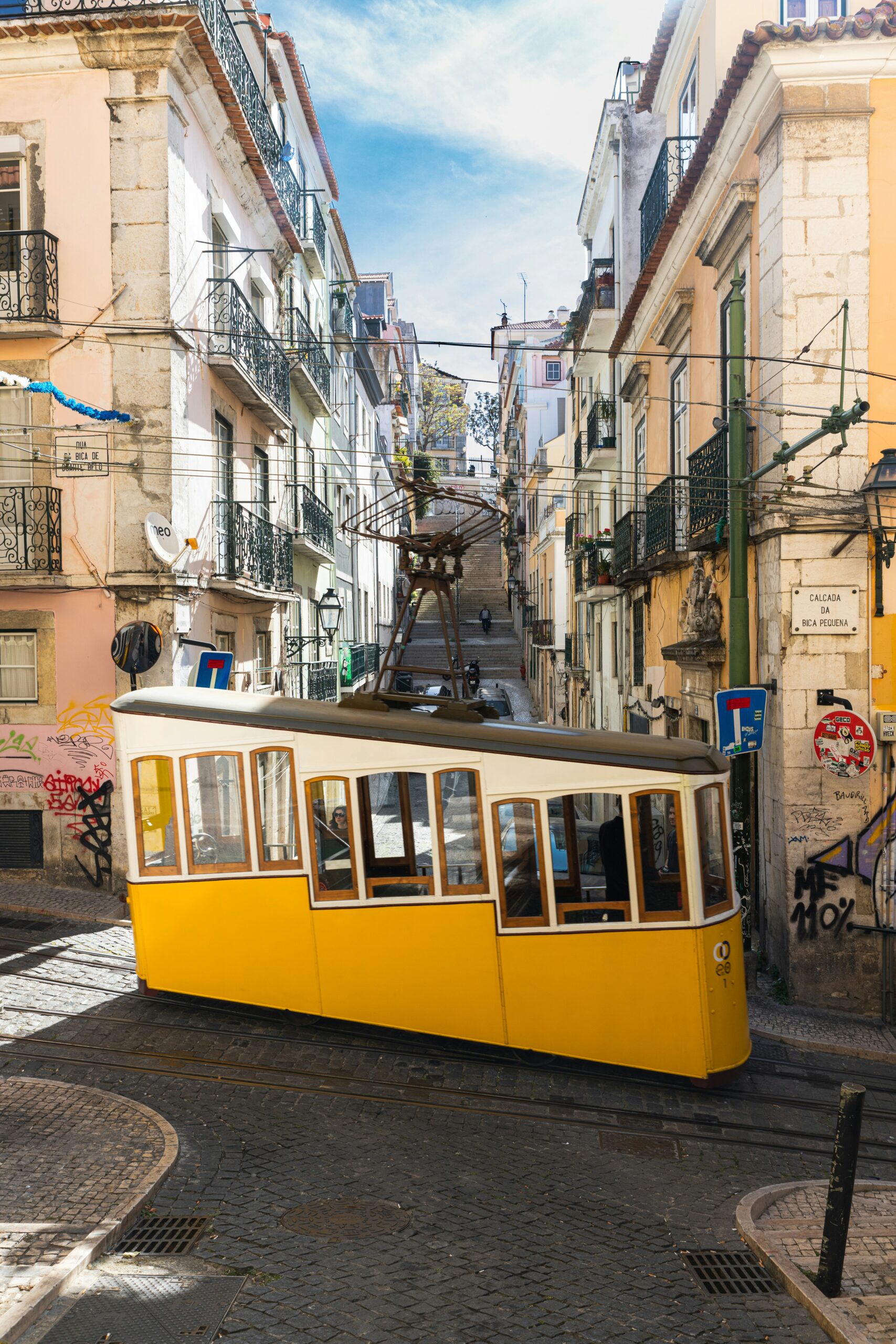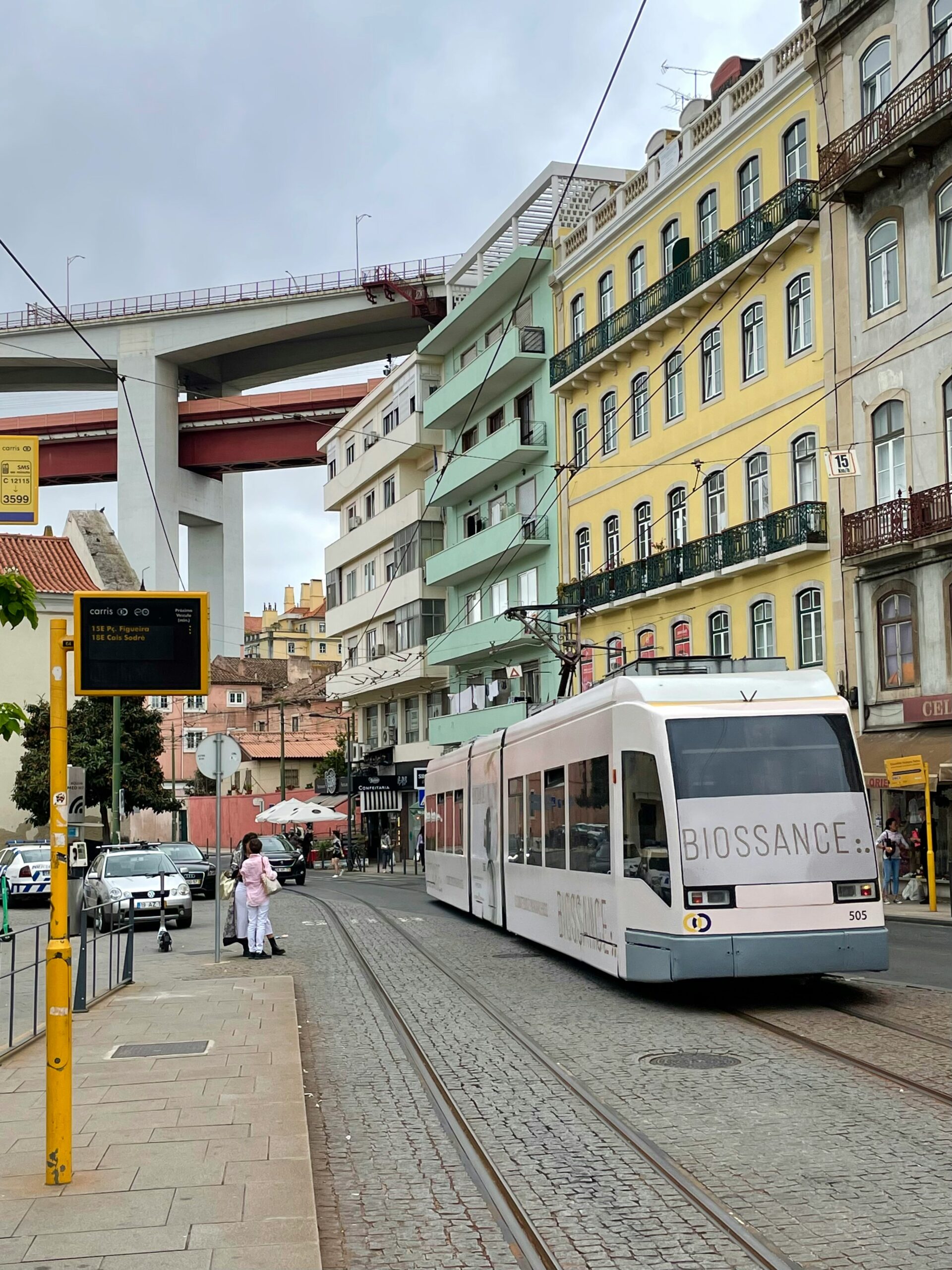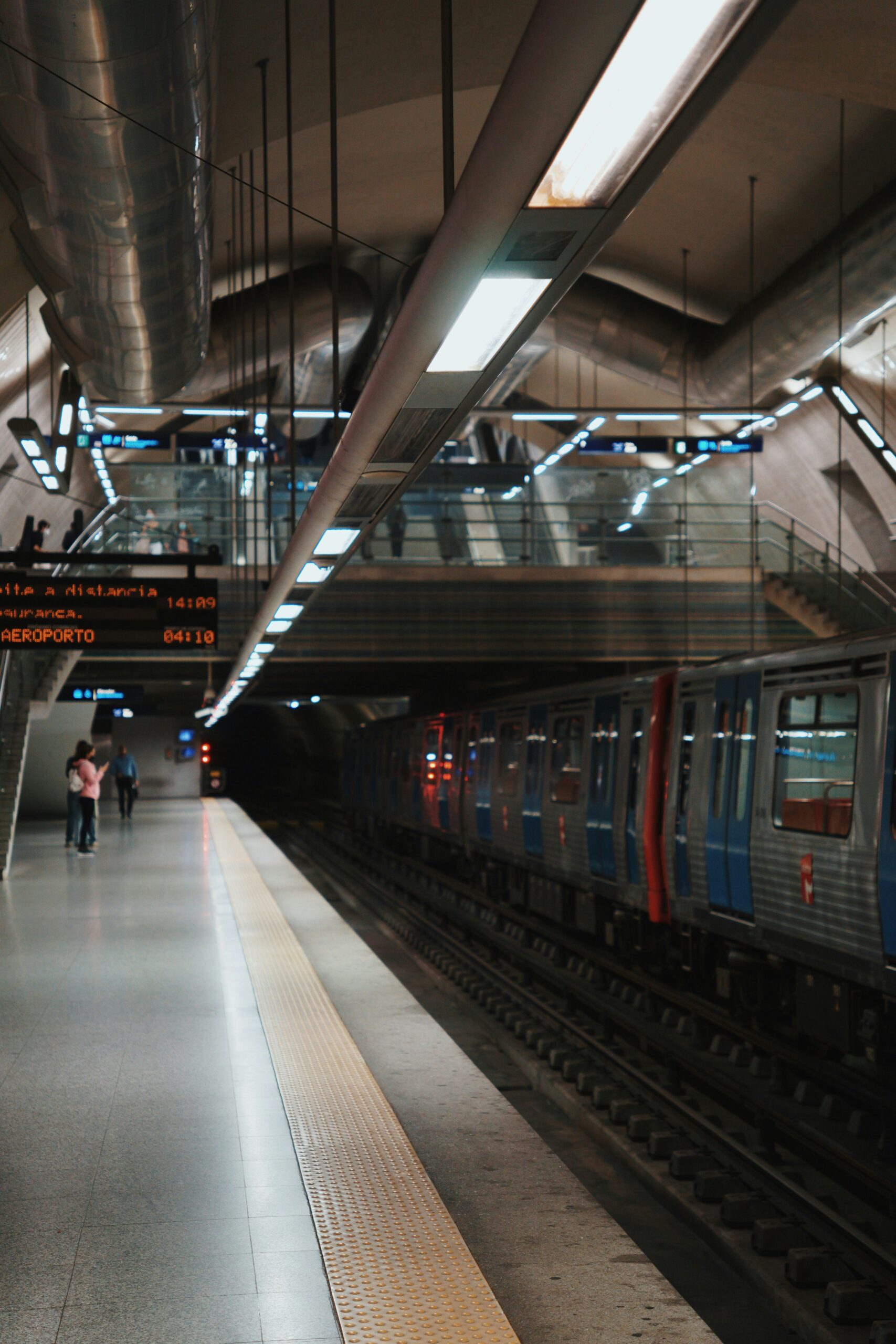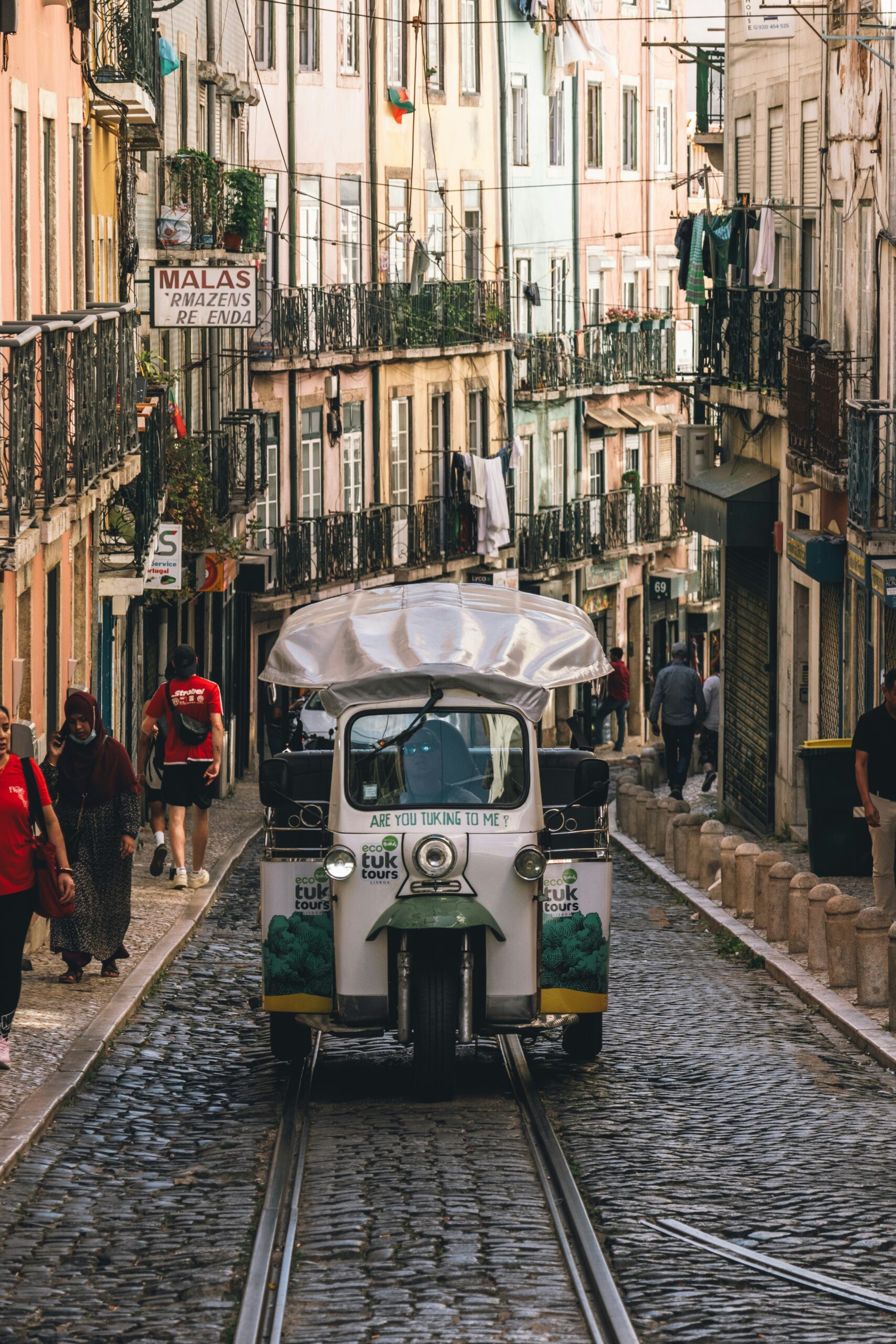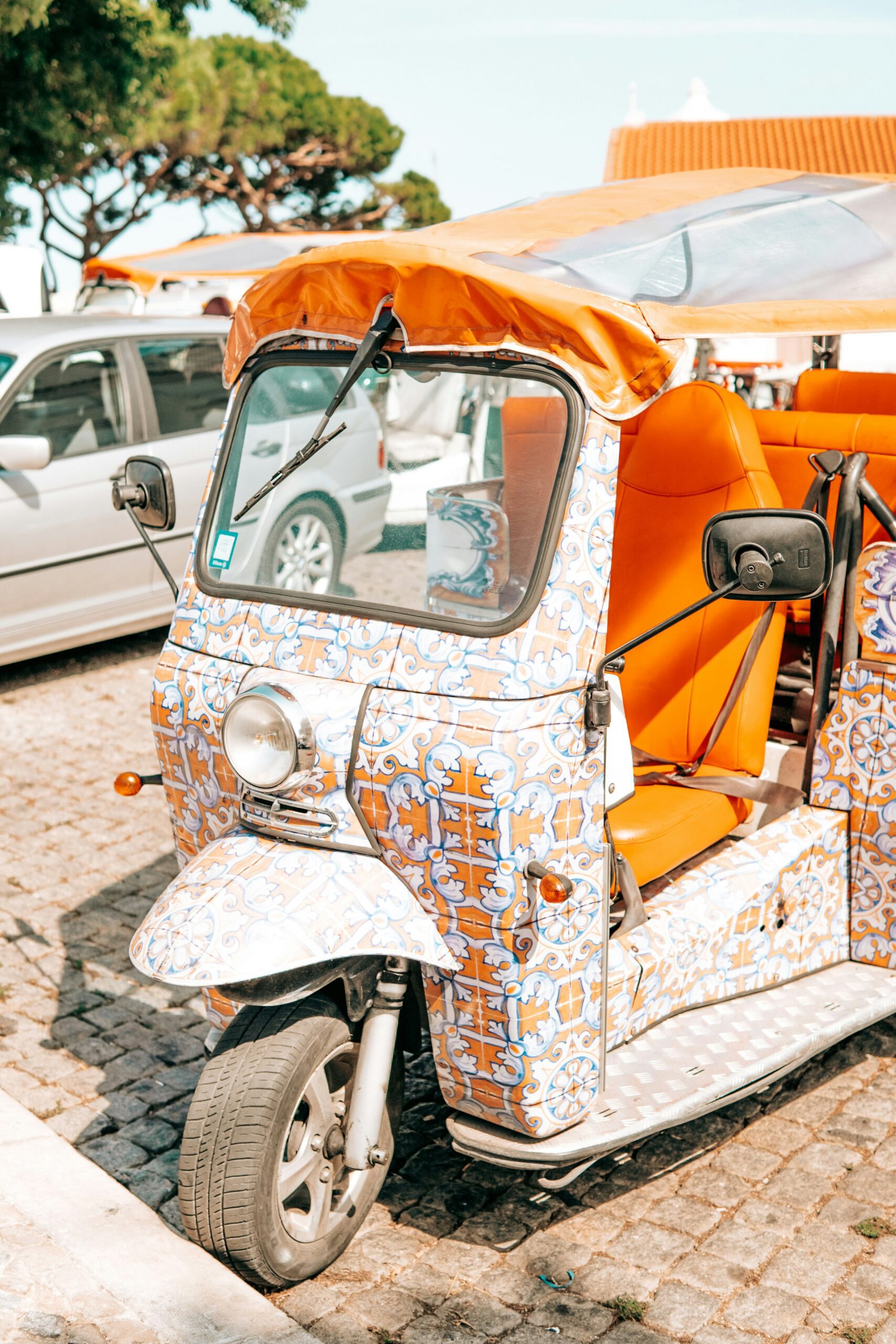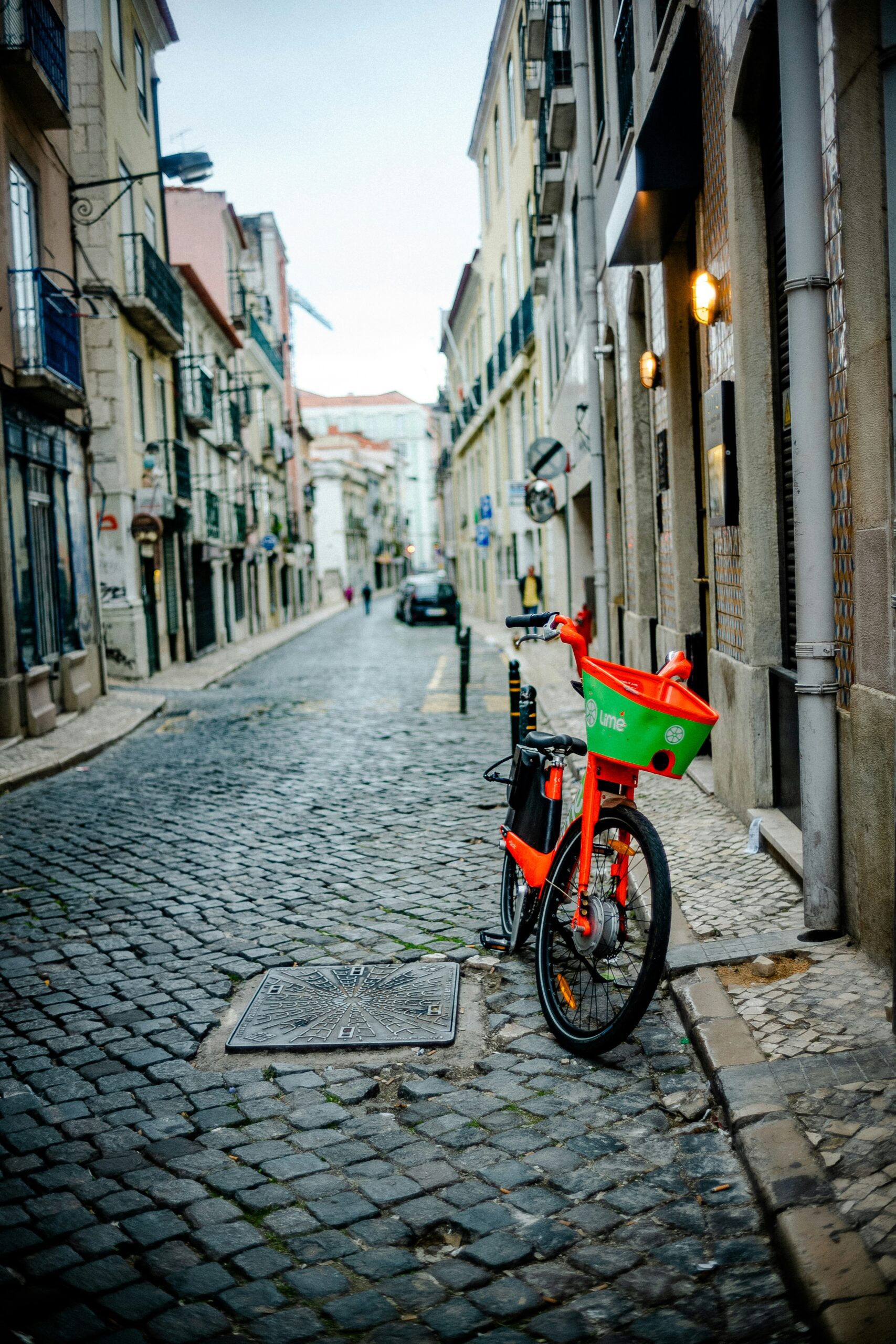INS 2026 in Lisbon
Lisbon, the alluring capital of Portugal and one of Europe’s most venerable cities, offers a compelling blend of ancient history and modern urban life. Situated on the western coast at the mouth of the Tagus River, this iconic city’s strategic location along Europe’s Atlantic coast makes it an excellent host for the 17th World Congress of the International Neuromodulation Society (INS 2026), and its global participants.
Getting Around Lisbon: Public Transportation
Lisbon’s metro is a modern, air-conditioned system offering one of the quickest ways to get around the city.
It features four distinct lines identified by colors: Green (Telheiras to Cais do Sodré), Blue (Reboleira to Santa Apolónia), Yellow (Odivelas to Rato), and Red (Aeroporto to São Sebastião).
Operating daily from 6:30 AM until 1:00 AM, trains arrive every 2 to 5 minutes during busy periods.
Access to the metro requires a Navegante card or a contactless bank card, with the Navegante card providing flexible ticketing options, including single rides, daily passes, or multi-day tickets.
Lisbon’s historic transport system features six tram lines, three funiculars, and the famous Santa Justa lift, which mainly serve the city’s older and hillier neighborhoods where the metro doesn’t reach. Trams and funiculars are popular with both residents and visitors.
The classic Tram 28 offers picturesque routes starting at Martim Moniz through Lisbon’s historic quarters, while Tram 15 travels to the flat Belém area using a modern cable car. Today, the Santa Justa lift functions mostly as a tourist attraction.
Keep in mind that tickets purchased directly on board are more expensive than those bought using the Navegante card. Also, be careful not to confuse the yellow public trams with the red tourist “hop on hop off” tram services.
Lisbon boasts an extensive bus network with 172 routes, offering a scenic and practical way to reach destinations not served by the metro or tram. Many buses are equipped with air conditioning and Wi-Fi.
Key bus lines run daily from 5:00 AM to 11:00 PM, with intervals ranging from 15 to 30 minutes, while night buses operate in central areas during late hours.
The city’s yellow buses clearly display their route number and final stop, and bus stops are frequently equipped with maps, timetables, and electronic signs indicating arrival times.
Note: in order to get on a bus, simply wave to the driver. Boarding occurs through the front door where passengers tap their Navegante card on the yellow validator—tapping out is not required. Press the stop button inside to request your stop and exit through the middle door.
Tickets bought directly on the bus, either with cash or contactless payment, are more expensive than those purchased with a Navegante occasional card.
Ferries link Lisbon with towns and neighborhoods along the southern shore of the Tagus River. Important routes include trips from Cais do Sodré to Cacilhas (approximately 15 minutes), Montijo and Seixal (around 30 minutes), as well as from Belém to Trafaria and Porto Brandão (about 20 minutes).
Traveling by ferry provides a distinctive way to see Lisbon and its nearby areas, including popular beach destinations such as Costa da Caparica.
Keep in mind that ferry schedules differ depending on the route, with multiple departures available throughout the day.
Lisbon taxis are typically black and green and follow regulated fare structures, including a base charge of €3.25 between 6 AM and 9 PM, rising to €3.90 at night, along with per-kilometer rates and waiting fees. An additional luggage charge of €1.60 may apply.
Many taxis accept card payments, but it’s recommended to confirm this before starting your ride. Taxi ranks and airport taxi services operate around the clock, ensuring 24/7 availability.
For more competitive rates, ridesharing services like Uber, Bolt, and Liftago are popular in Lisbon. These services require a smartphone app for booking and cashless payment. Vehicles affiliated with ridesharing display a TVDE sticker on the front and rear windows on the driver’s side.
Lisbon features multiple bike-sharing services, including Gira, Jump, and Hive, delivering both traditional and electric options for locals and tourists.
Gira, launched in 2018, operates a dock-based system with over 450 bikes and nearly 50 docking stations. While primarily used by residents, tourists can access it with a €10 day pass, which includes 45-minute rides.
Jump, an Uber service, provides dockless electric bikes, with approximately 1,750 scooters distributed across the city. Rentals are handled via the Uber app, costing €0.20 per minute or €12 for an hour.
Hive offers dockless electric bikes and scooters, with around 150 bikes available throughout Lisbon.
These bike-sharing schemes provide an eco-friendly and flexible way to explore Lisbon; however, helmets are not available for rent, so bringing your own is advisable. Though Lisbon’s bike lanes are expanding, cyclists should remain cautious when navigating busy streets and Lisbon’s characteristic hills and cobblestones.
Important Information
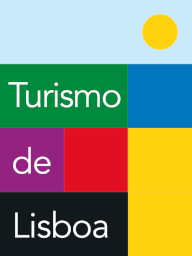
Information provided by:
TURISMO DE LISBOA
Visitors & Convention Bureau
For more details >> www.visitlisboa.com <<

